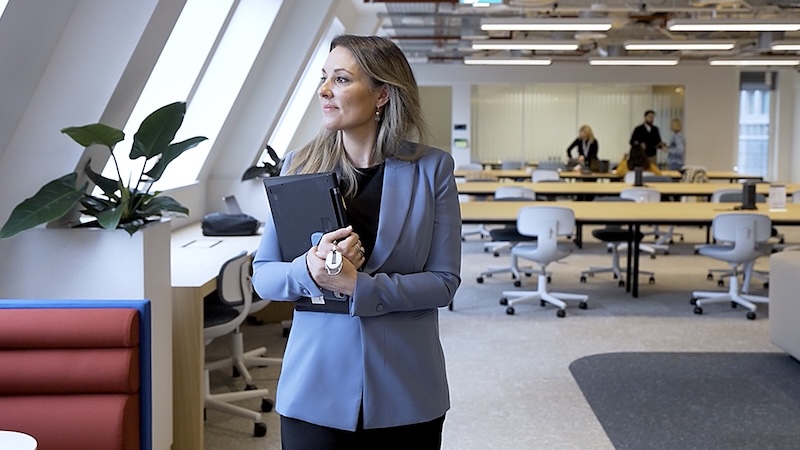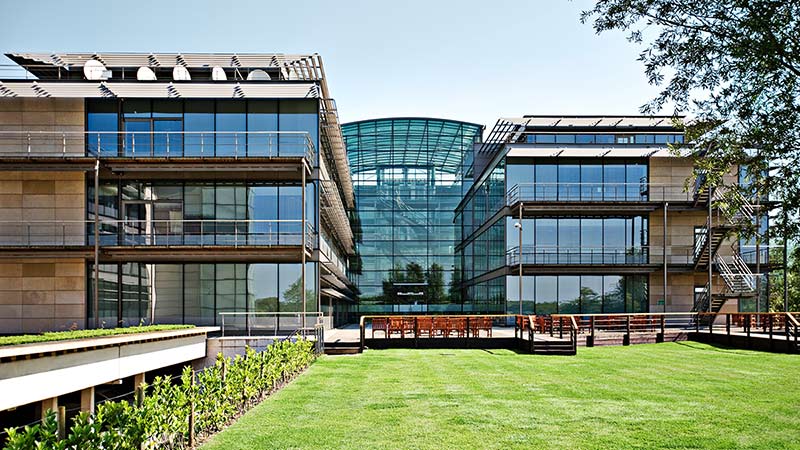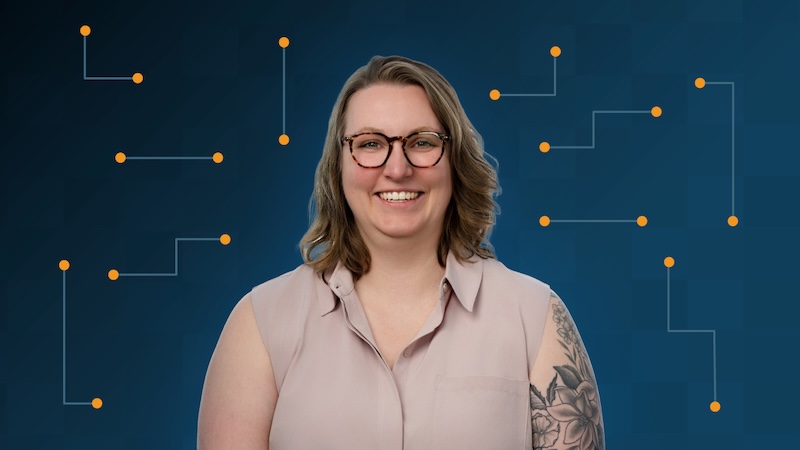Indigenous communities across Canada celebrate cultural traditions rich with art, wisdom, and deep connections to nature. And a young, fast-growing population is bursting with potential and ieager for new opportunities.
But challenges remain. In Canada’s North, winters are long, cold, and dark. And a long history of institutional racism has contributed to challenging social conditions, including poverty, lack of connectivity, and inter-generational trauma.
Failing students are another issue. High school graduation rates for First Nations youth living on reservations stand at 46 per cent, significantly below the rates for First Nations youth living off reserve and for non-Indigenous youth.
Helping to address these problems is the mission of Connected North, a Cisco-founded virtual-education initiative that is celebrating its 10th anniversary this month.
Connected North has brought a wealth of insight and inspiration to some of Canada’s most remote schools, enabling students to experience the world beyond, with its vast opportunities and ideas, and the world within, of Indigenous cultures, histories, and teachings. The program engages youth with unique opportunities not available in their communities. And it has helped to reinforce the strength and beauty of Indigenous culture, building pride and self-confidence.
“This new technology has merged perfectly into connecting kids with the past,” said Glen Brocklebank, a middle- and high-school teacher in the sub-arctic hamlet of Chesterfield Inlet, Nunavut, on the shores of Hudson Bay.
From one school in 2013, the program today connects 35,000 students in 150 schools across Canada, via the Webex collaboration platform, with networking support from Cisco Meraki. Along with Cisco, organizations like Amazon, Canada Life, and the Royal Bank of Canada (RBC), together with service providers and territorial and provincial governments from Nunavut, Yukon, and Ontario, have all made significant contributions.
Through Digital Inclusion Grants, the federal government has also helped put technology devices into the hands of students across the North. And Cisco Equipment Grants have contributed hardware like Webex Deskpros, along with networking support and infrastructure.
Redressing a history of racism and abuse
Willa Black is Cisco Canada’s vice president of corporate affairs and a major driver of Connected North since its inception. She remains as committed as ever to supporting a positive future for Indigenous students, while addressing the grave cruelties, inequalities, and racism facing these communities.
“We wanted to leverage our technology for meaningful community impact and social return,” she said. “In Canada, we have a terrible history of treatment of Indigenous peoples tracing back to the Indian Act and the Residential School System.”
These government-sponsored religious institutions ran from 1880 all the way to 1996, when the last such school was closed. Designed to erase First Nation, Inuit, and Métis cultures, they were rife with abuses that have resonated across generations.
“Children suffered greatly in these schools,” Black explained, “and they came out of that experience with great trauma and enormous dislocation. Family unity was lost because they were taken away from their parents forcibly. And if you travel to the Far North today you see the generational impact. But you also see great resilience and a desire to make sure that students have opportunities to thrive. “
Connected North helps to counter those trends with everything from virtual field trips and Indigenous role models to mental health services and mentoring — for students and teachers alike.
“Connected North really encourages Inuit students to believe in themselves, to find their passion, and to be at ease with whatever goals they want to achieve,” said Qavangat (Shelby) Angalik, a former Connected North student from Arviat, Nunavut, who went on to study English literature in Montreal. She has since co-authored a children’s book and contributes Indigenous content for both Connected North and the Canadian Broadcasting Company.
Angalik, whose school was among the earliest to incorporate Connected North, suspects a connection to improving dropout rates.
“I do remember students being more excited to come to school when we were having a Connected North session that day,” she recalled. “From what I’ve seen, the dropout rates from when I was in school have definitely declined. And I think Connected North is one of the major aspects that helped with that.”
On the shores of Hudson Bay, high tech meets past traditions.
Brocklebank explained that Chesterfield Inlet has a population of less than 400. So, he welcomes the opportunity to expose his students to scientists, historians, artists, and wildlife experts, many of whom are Indigenous themselves.
“Success breeds success,” Brocklebank stressed, “so when they see successful people that look like them, talk like them, feel like them, and have the same values, it allows my students to see themselves there — to think, ‘I could do these things, too.’ ”
Of course, teachers have enough challenges in classrooms without grappling with complex technology, but the simplicity of Webex makes integration easy.
“It’s a pretty challenging environment,” said Michael Furdyk, co-founder of TakingITGlobal, the charitable NGO that now runs Connected North. “But one of the things teachers tell us is that Webex Boards make it seamless to participate, by pushing just one button to join. The audio quality, the compression, the video are all there. And the technology is interoperable with other platforms.”
Reliability and security are also paramount to Webex. “They don’t have to worry about software updates and viruses or rebooting and crashes,” Furdyk said. “And they don’t have to worry about hooking up a computer to a projector. That’s really the magic.”
By his own admission, Brocklebank is a mostly non-technical person who balked at the first mention of Connected North. But he became a convert once he saw how impactful the program was for his students — and how intuitive and reliable the technology was.
“Part of my hesitation was not understanding the technology,” he said. “The thing I feared most was being prepared for a lesson and then going in and finding that the technology was not working, or I couldn’t figure out how to work it. But the only interruption we’ve had was when the power went out for the whole town.”
Brocklebank appreciates the wealth and variety of information that can be imparted to his kids. As he said with a laugh, “they no longer expect me to know everything.”
“I think Western-based education gets some things wrong,” he expressed. “The idea of having one teacher and 20 or 30 kids may be fundamentally flawed. Historically, Inuit would have one child and many older people sharing their different areas of knowledge. Connected North allows me to connect back to the traditional way of child rearing.”
Angalik agreed, emphasizing Connected North’s ability to merge past, present, and future.
“It is a perfect tool in that it helps Inuit take control of their own education,” she said. “It incorporates the feeling of connection that’s so important to a lot of Indigenous cultures. The best way that we learn is through making a real connection with the people teaching us. So, it gives us back a lot of our own autonomy, values, and pride.”
“I believe Connected North has a real-life impact on every person who uses it,” she added.
For Black, the 10-year anniversary of Connected North is cause for reflection — on all that has been accomplished, and all that remains to be done
“The fact that we can bring Indigenous students in this country access to the same opportunities and experiences as kids in the South is game changing,” she concluded. “But what continues to excite me is the potential, what it means for the next generation. I go into those communities, and they’re counting on us. That’s why I can’t ever stop doing this.




